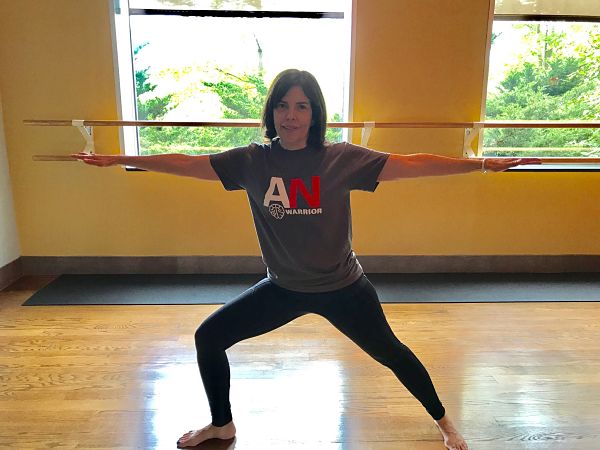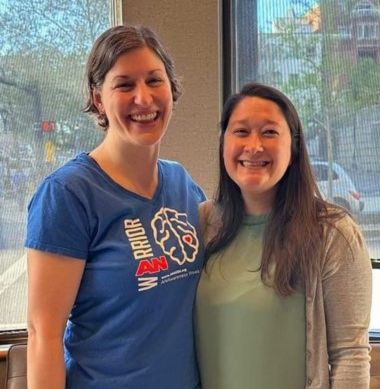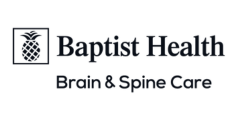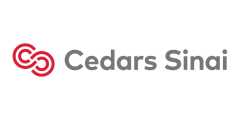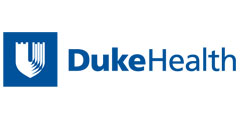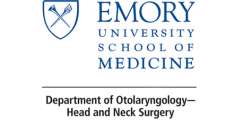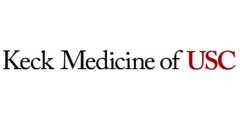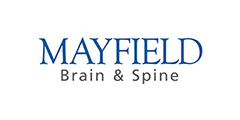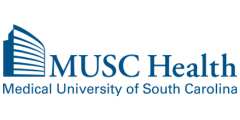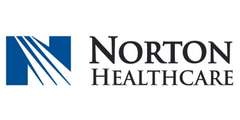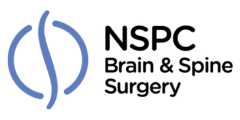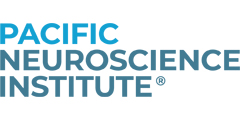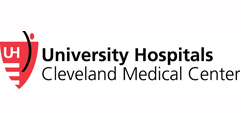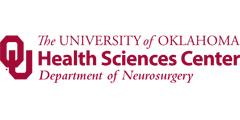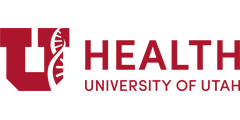Sponsor post: Weighing Intervention Timing and Type for Vestibular Schwannomas
This article was re-posted with permission from Vanderbilt University.
DECEMBER 07, 2018
New insights from the largest cohort study of tumor growth.
A significant percentage of vestibular schwannomas (VS), or acoustic neuromas, either grow relatively slowly or with little to no growth. Seeing a patient with an acoustic neuroma for the first time, it is difficult to know how long the tumor has been present, with variability from 5-25 years. Yet to date, there have been no definitive guidelines for weighing observation versus intervention.
“Doctors struggle with knowing when to intervene with surgery or radiation because these neuromas are rare, slow growing, and may not ever require therapy,” said David Haynes, MD, of Vanderbilt University Medical Center. Haynes and Reid Thompson, MD, are co-directors of Vanderbilt’s Skull Base Center. Haynes and Thompson designed the largest cohort study of VS to date, published as a series of articles in Otology and Neurotology (The first article was released in 2016, the second in 2017, the third in 2018.)
Working with a team of Vanderbilt investigators from Otology, Otolaryngology, Neurology and Bioinformatics, Haynes and Thompson initially analyzed 564 de-identified medical records of patients with VS from the 20-year period 1995-2015, obtained from Vanderbilt’s Synthetic Derivative database. “Our goal was to answer what we all want to know: How do you decide which of these three vastly different treatment options – surgery, radiation or observation – is right for a patient with an acoustic neuroma?” said Thompson.
Defining Significant Tumor Growth
Qualifying patients (median age 59.2 years; 53.5% female) were those who had initially been observed and undergone multiple MRI studies (median follow-up 22.9 months). The median maximum tumor diameter at presentation was 1.00 cm. In all, 40.8% of tumors demonstrated growth and 32.1% underwent intervention (21.5% microsurgery, 10.5% radiation) during the surveillance period.
Haynes and Thompson identified tumor growth rate as the primary focus of the study. “We know that growth rate has a significant impact on choosing the right course of treatment/therapy,” said Haynes. “But what does tumor growth mean? What are we going to call significant growth? These tumors’ growth rates are heterogeneous, and there has been huge variability in the medical literature as to what defines a growing tumor.”
Findings of the study pointed to 2 mm growth between initial observation and the last MRI as significant growth, enough to suggest potential intervention. Risk of growth increased significantly for those VS with larger initial diameters and when disequilibrium was a presenting symptom, according to Cox multivariable regression analyses.
“Despite the considerable variability in these patients, this study zeroes in on who may indeed benefit from treatment,” said Thompson. “We have to make that treatment decision up front, and it needs to be driven in an evidence-based way.”
Additional Findings
In a subsequent study, Haynes, Thompson and their team evaluated other factors potentially contributing to tumor progression, including patient age, gender, aspirin/NSAID use and presenting symptoms of asymmetric hearing loss, tinnitus, and vertigo. Analysis of aspirin/NSAID use and dosage concluded that neither were associated with tumor growth, presenting diameter, or mean growth rate.
Another analysis, conducted in collaboration with investigators from medical centers across the U.S., examined the risk of progression to non-serviceable hearing in patients with sporadic VS who elected initial observation. Results suggest that a good baseline word recognition score and low pure-tone average are jointly associated with maintenance of serviceable hearing over time, up to 10 years post-diagnosis.
Turning Research into Personalized Care
“As surgeons, we have an obligation to give patients the best treatment,” said Thompson. “Developing an evidenced-based approach helps us evaluate the natural history of a tumor – if left untreated, what will happen? This is really powerful for patients; it reassures them that a decision to wait is the right one.”
Haynes and Thompson next plan to study the genetic components of VS growth using BioVU, Vanderbilt’s biorepository of DNA. “We’re taking an even deeper dive into individualized care,” said Haynes.
Note: In no case does ANA endorse any commercial product, physician, surgeon, medical procedure, medical institution or its staff.


